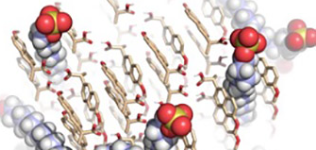Basic principles of drug--excipients interactions
DOI:
https://doi.org/10.17305/bjbms.2004.3421Keywords:
excipient, drug, interactionAbstract
Excipients are generally considered inert additives included in drug formulation to help in the manufacturing, administration or absorption. Other reasons for inclusion concern product differentiation, appearance enhancement or retention of quality. Excipients can initiate, propagate or participate in chemical or physical interactions with an active substance, possibly leading to compromised quality or performance of the medication. Understanding the chemical and physical nature of excipients, the impurities or residues associated with them and how they may interact with other materials, or with each other, forewarns the pharmaceutical technologist of possibilities for undesirable developments.
Citations
Downloads

Published
License
Copyright (c) 2018 Bosnian Journal of Basic Medical Sciences

This work is licensed under a Creative Commons Attribution 4.0 International License.
How to Cite
Accepted 2018-03-25
Published 2004-05-20









